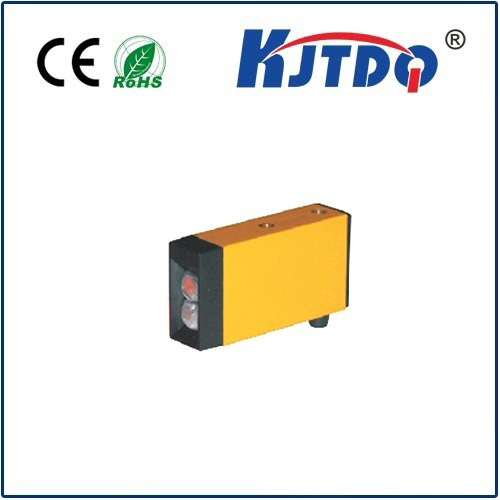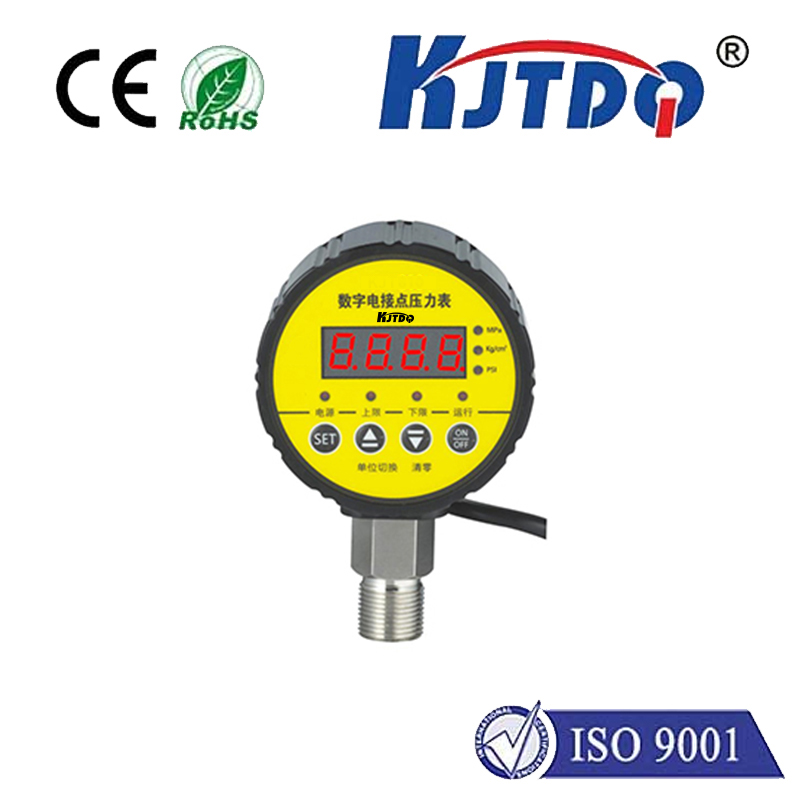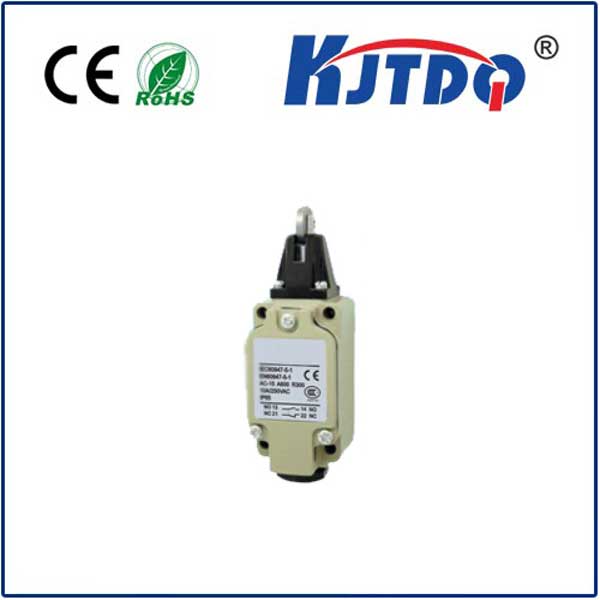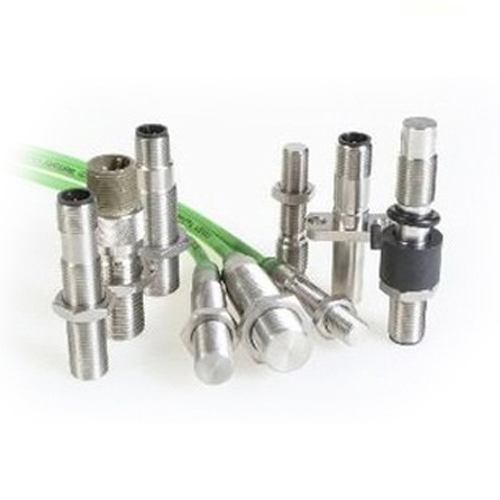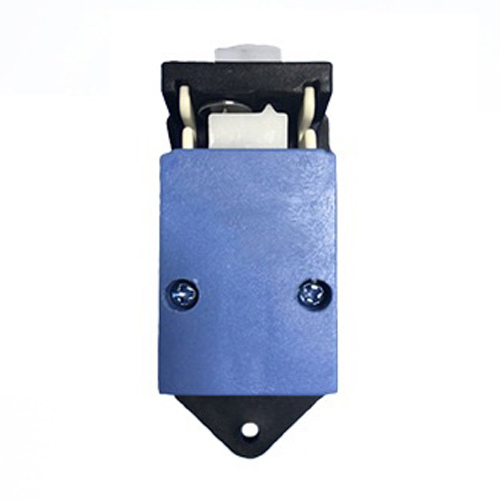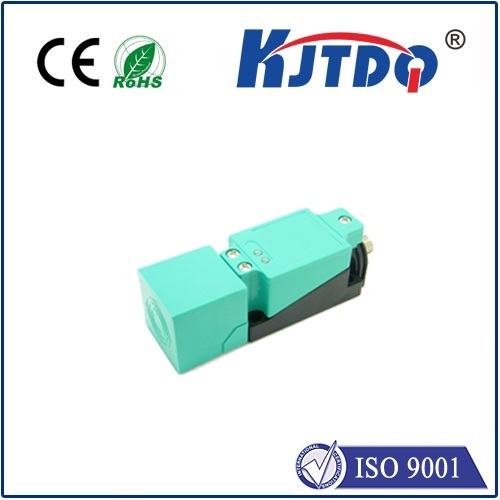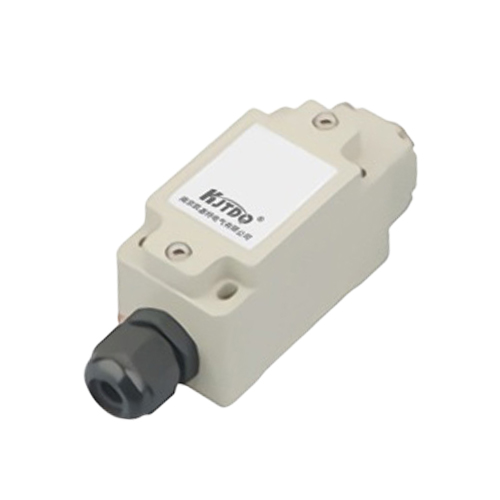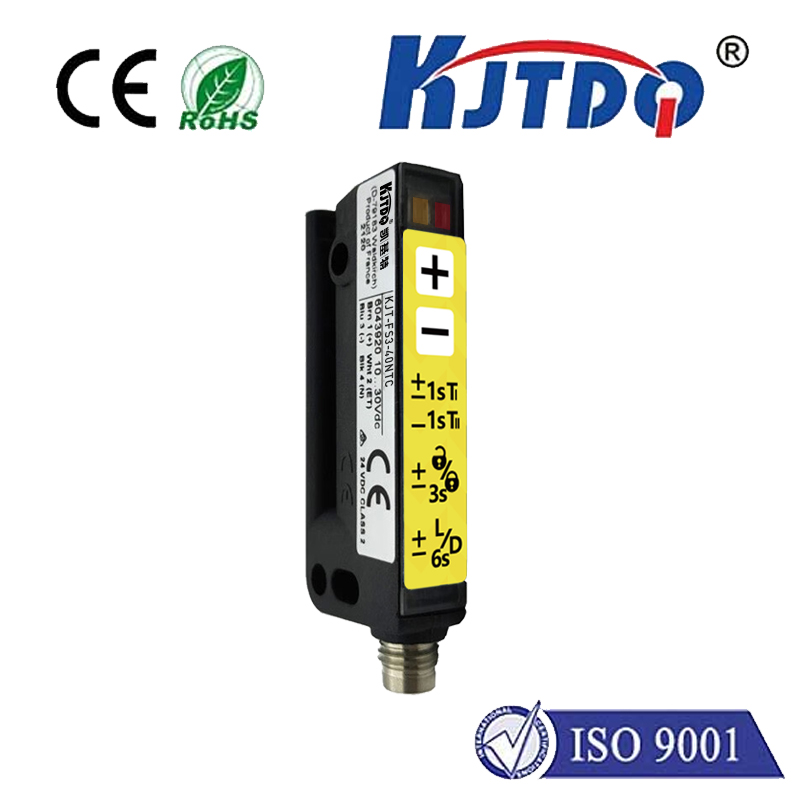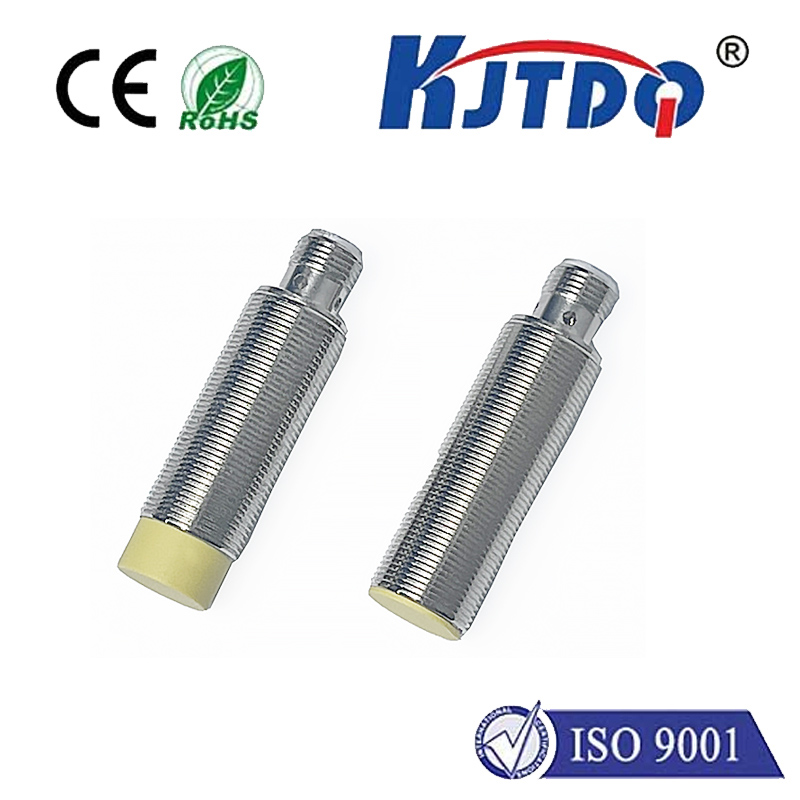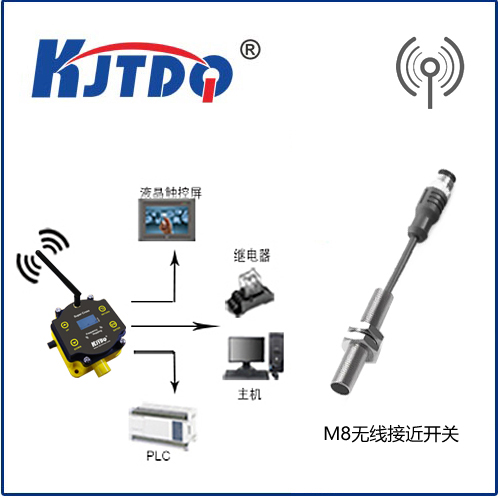diode temperature sensor
- time:2025-08-22 02:15:34
- Click:0
The Unsung Hero: Harnessing Diode Temperature Sensors for Precision Measurement
Imagine a critical piece of industrial equipment suddenly overheats, triggering an emergency shutdown. Or picture a smartphone processor throttling performance just as you’re about to win that crucial game level. At the heart of preventing these scenarios often lies a remarkably simple yet profoundly effective component: the diode temperature sensor. Far more than just a humble electronic switch, the standard silicon diode possesses an intrinsic property leveraged for precise thermal monitoring across countless modern applications. This unassuming technology offers a compelling blend of accuracy, low cost, and simplicity, making it the go-to solution where reliable temperature data is paramount.
Unlocking the Thermal Secret: How Diodes Sense Heat
The core principle behind a diode temperature sensor hinges on a fundamental characteristic of semiconductor PN junctions. As temperature rises, the forward voltage drop (Vf) across a diode, when a constant small forward current is applied, decreases in a highly predictable and linear manner (typically around -2 mV/°C for silicon diodes). This phenomenon is directly related to the temperature dependence of the intrinsic carrier concentration within the semiconductor material, primarily silicon.
This predictable linear relationship between Vf and temperature is the golden key. By precisely measuring this voltage drop under controlled conditions, the junction temperature can be calculated with surprising accuracy, often within ±1°C or better over specific ranges. Unlike resistive temperature devices (RTDs) or thermocouples, which require complex signal conditioning or reference junctions, the diode’s output is inherently straightforward to measure and interpret.

Why Choose a Diode? The Compelling Advantages
The diode temperature sensor’s popularity stems from its unique combination of benefits, making it ideal for diverse applications:
- Remarkable Linearity: Perhaps its most significant advantage. The voltage-temperature relationship is exceptionally linear over a wide operating range (typically -55°C to +150°C for standard silicon diodes). This linearity drastically simplifies calibration and temperature calculation compared to devices with logarithmic or complex responses (like thermistors).
- Cost-Effectiveness: Standard silicon PN junction diodes or dedicated temperature sensing diodes (like the popular 1N4148 signal diode or purpose-built sensors) are inherently inexpensive components. This makes them highly attractive for cost-sensitive, high-volume applications spanning consumer electronics to automotive systems.
- Compact Size & Integration: Diodes are fundamentally small semiconductor devices. This allows them to be placed in tight spaces or directly integrated onto integrated circuits (ICs) alongside other components like microprocessors, power management chips, or RF amplifiers for on-die temperature monitoring. Their small thermal mass also leads to…
- Fast Response Time: Due to their miniature size, diode sensors can react very quickly to temperature changes. This is crucial in applications like monitoring power semiconductor junction temperatures or detecting rapid thermal transients in electronic systems.
- Sufficient Accuracy and Range: For the vast majority of electronic and industrial applications, the accuracy (±0.5°C to ±2°C is typical) and operational range (-50°C to +150°C or wider) offered by silicon diode sensors are more than adequate. Specialized diodes can extend this range further.
- Simplicity of Interface: Basic diode temperature measurement requires minimal external circuitry: a constant current source and a precision voltage measurement circuit (like an Analog-to-Digital Converter - ADC). Many microcontrollers now include dedicated features or libraries to interface directly with diode sensors.
- Robustness: Compared to fragile thermocouple wires or RTD elements, silicon junction diodes are mechanically robust and well-suited for printed circuit board (PCB) mounting environments.
Where the Diode Sensor Shines: Key Applications
The unique advantages of diode temperature sensors make them ubiquitous across industries:
- Integrated Circuits: The primary method for monitoring die temperature within microprocessors (CPUs, GPUs), FPGAs, power management ICs, and RF amplifiers. This enables critical thermal throttling and protection against overheating damage.
- Power Electronics: Monitoring junction temperature in insulated-gate bipolar transistors (IGBTs), MOSFETs, and power modules is vital for optimizing performance, predicting lifespan, and preventing catastrophic failure. Diode sensors are often integrated directly into the power semiconductor package.
- Automotive Systems: Used extensively for monitoring temperatures in engine control units (ECUs), battery management systems (BMS), inverters for electric vehicles, gearboxes, and climate control systems. Their robustness and cost-effectiveness are key here.
- Industrial Automation & Control: Found in motor drives, programmable logic controllers (PLCs), HVAC controllers, and factory equipment for monitoring critical components and ambient conditions.
- Consumer Electronics: Employed in smartphones, laptops, tablets, gaming consoles, and home appliances like washing machines and refrigerators to manage device thermals and ensure user safety.
- Medical Devices: Used in some portable diagnostic equipment or patient monitoring systems where size, cost, and reliable basic temperature measurement are important factors.
- Environmental Monitoring: Suitable for weather stations and basic data logging applications.
Diode Sensors in Context: Comparing the Landscape
While incredibly versatile, it’s important to understand where diode sensors fit relative to other common technologies:
- Vs. Thermistors (NTC/PTC): Diodes offer far superior linearity and often better stability over time and temperature, but thermistors can have higher sensitivity (resistance change per degree) and be potentially cheaper at the bare component level (though often requiring more complex linearization circuitry).
- Vs. RTDs (Pt100/Pt1000): RTDs generally offer higher absolute accuracy and stability over very wide ranges, especially platinum RTDs. However, they are significantly more expensive, larger, slower to respond, and require precise excitation current and bridge circuits.
- Vs. Thermocouples: Thermocouples excel at measuring very high temperatures and have simple probes. However, they require cold junction compensation, have lower sensitivity, generate non-linear voltages, and are generally less accurate for lower temperature electronic applications than diodes or RTDs.
The diode temperature sensor consistently wins when the priority is a cost-effective, linear, fast, and compact solution with good accuracy within the silicon junction’s operational range, particularly for integration onto or near active electronic components. Its ease of interface with modern digital electronics (ADCs, microcontrollers) further cements its position.
The Silicon Workhorse Endures
From the powerful processor in your computer silently managing its heat to the intricate power modules propelling electric vehicles, the diode temperature sensor operates reliably and effectively behind the scenes. Its foundation in the well-understood physics of the silicon PN junction, combined with inherent linearity, cost advantages, speed, and integratability, ensure its continued dominance in thermal management and monitoring tasks. As electronics become ever more dense and power-hungry, the demand for this unassuming yet vital sensing technology only grows, solidifying its role as a cornerstone of reliable and efficient modern system design. Understanding its properties and best use cases is essential for engineers designing thermal solutions across myriad applications.






